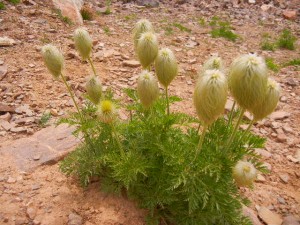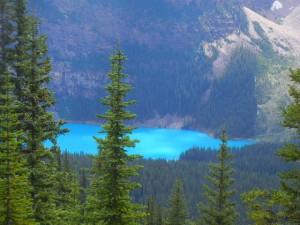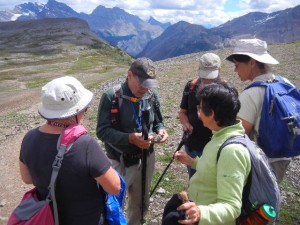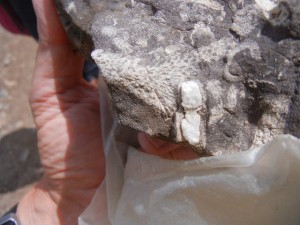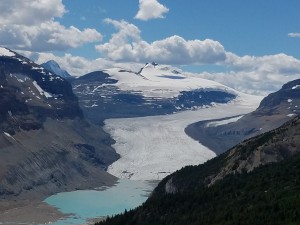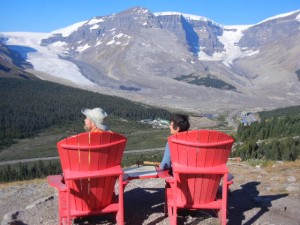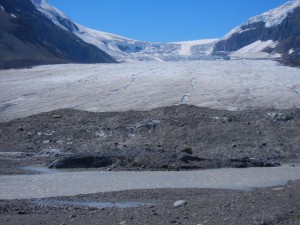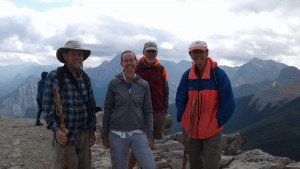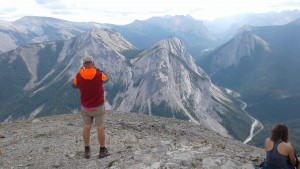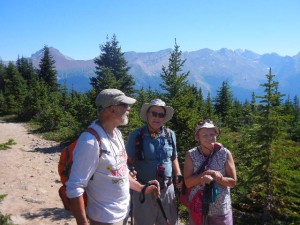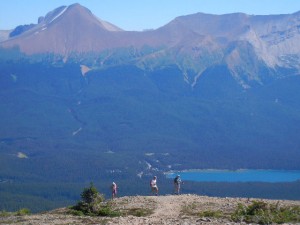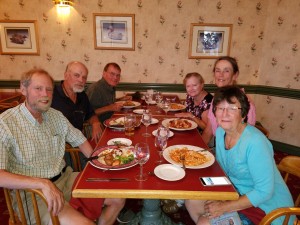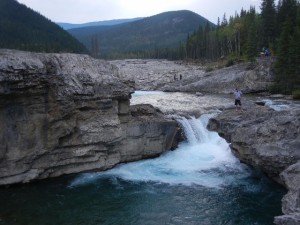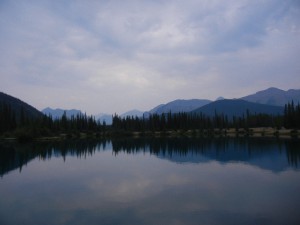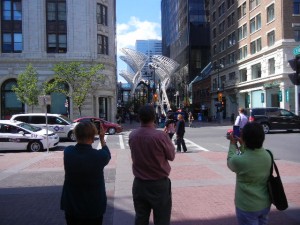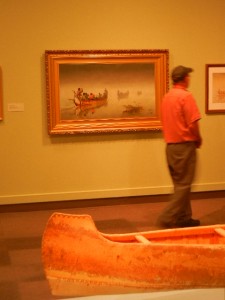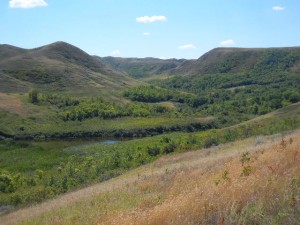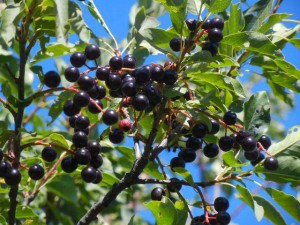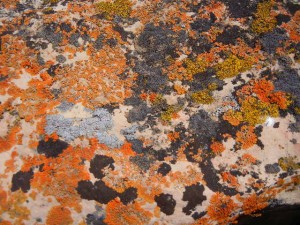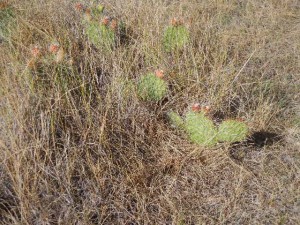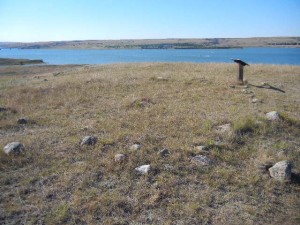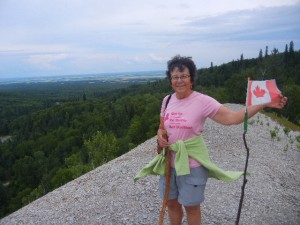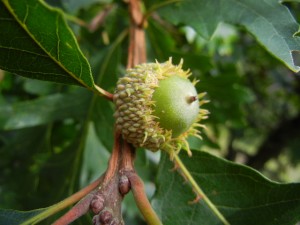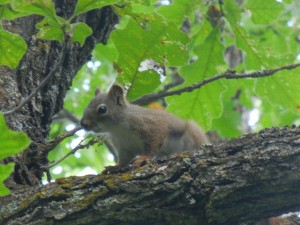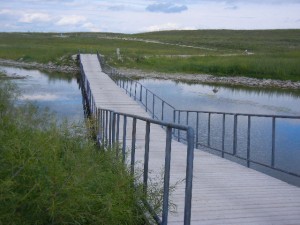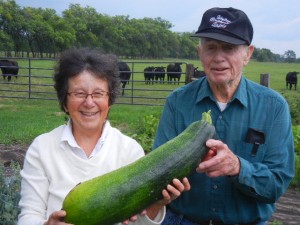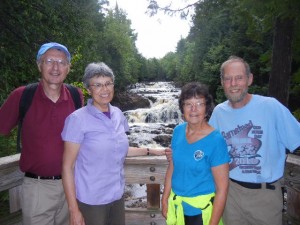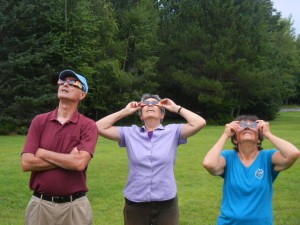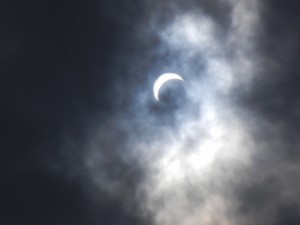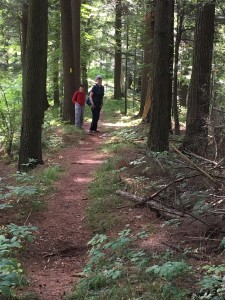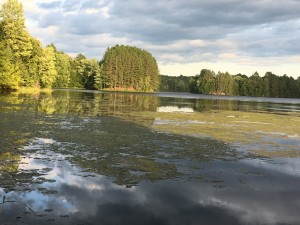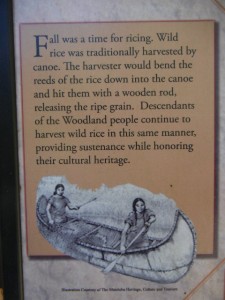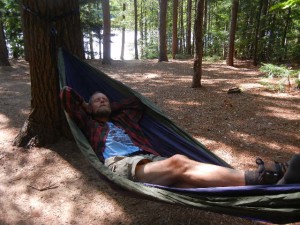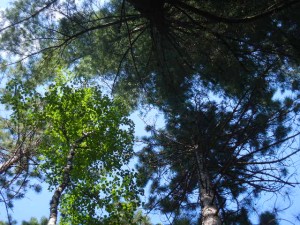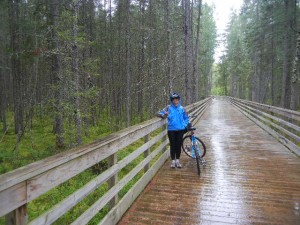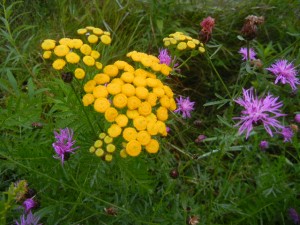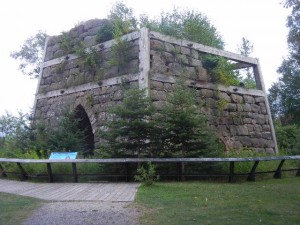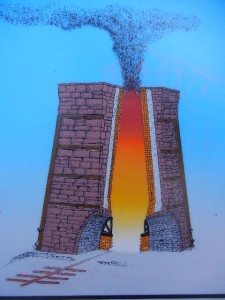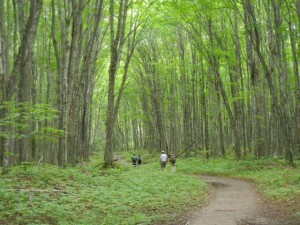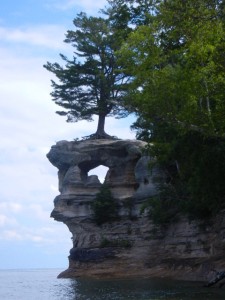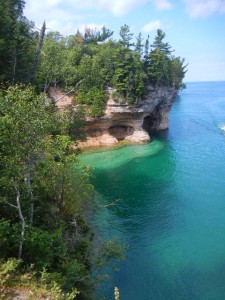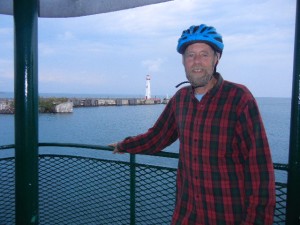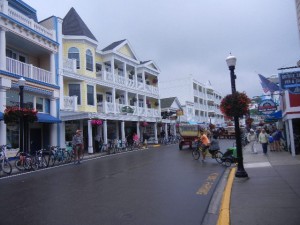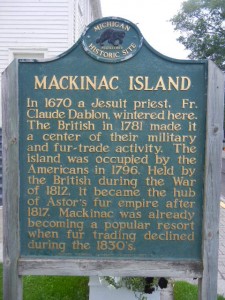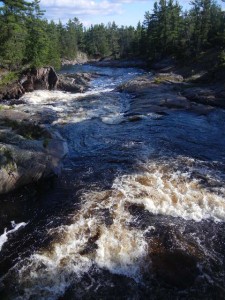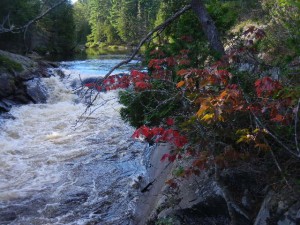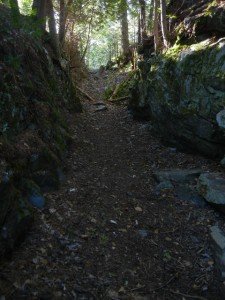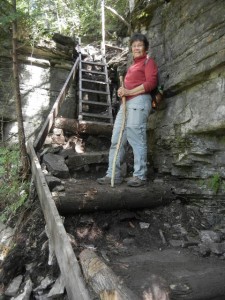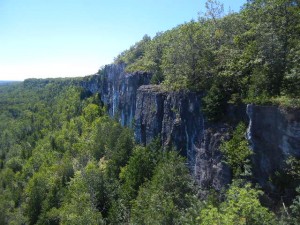2-4 August: The very popular tourist destination of Lake Louise is in the northern part of Banff National Park. We camped for four nights in the trailer campground (hard-sided campers only; the separate tent campground had a tall electric fence around it to keep out bears) and hiked for three days. Our first hiking destination was unavailable because when we arrived at the Moraine Lake trailhead, the parking lot and all available shoulder parking near it were completely full. We chose an alternate hike, though, that proved to be very pleasant and not nearly so crowded. We ascended by a wooded trail past a small lake to a semi-open area in Paradise Valley with good views of high peaks and mountain glaciers towering above, including Temple Mountain, which we could see from our campsite.
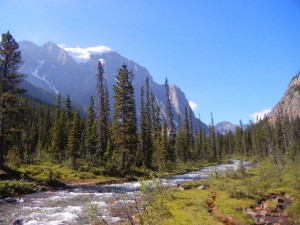
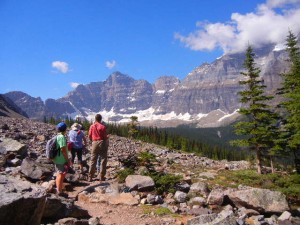
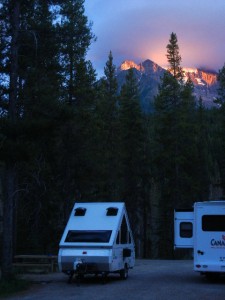
The next day we set our alarms and secured parking at the Lake Louise trailhead around 6:30. The lake itself is higher than and a few kilometers away from the town of the same name. It is the site of one of the grand hotels built by the Canadian Pacific Railway, Chateau Lake Louise, which has a commanding view of mountains and glaciers across the lake. We hiked along the lake past the far end where the trail climbed gently to the Plain of Six Glaciers tea house, where we stopped mid-morning for tea, coffee, and biscuits. We continued farther up the valley to an overlook of the glacier. On the way back to Lake Louise, I took the Highline trail to see Lake Agnes while the rest of our group took the more direct (and downhill) route back. Lake Louise and other lakes in this region are not only the beautiful turquoise color that we had seen in other lakes fed by meltwater from glaciers, but the water in them looks opaque rather than translucent because of the high concentration of glacial flour suspended in it.
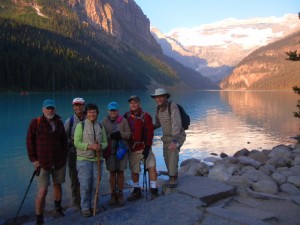
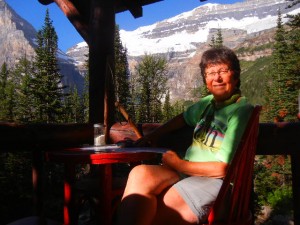
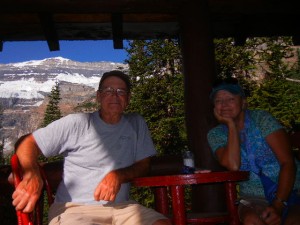
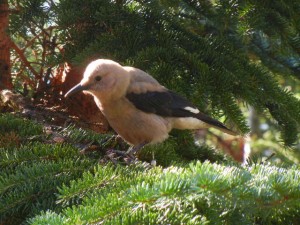
Our final day hike in the Lake Louise area was into the Valley of the Ten Peaks. The trail starts at the outlet end of Moraine Lake, where the glacier had deposited a huge hill of boulders, blocking the stream valley. We hiked in as far as Eiffel Lake, then on the way back hiked part way up another trail in Larch Valley, where the light green and feathery needles of many larch trees contrast to the darker green of fir, spruce, and pine. This valley must be beautiful in the autumn when the larch needles turn yellow. Larches are unique among coniferous trees in dropping all their needles every fall. For most of our hike we were surrounded by tall, steep, rugged mountain peaks topped with snowfields and glaciers.
